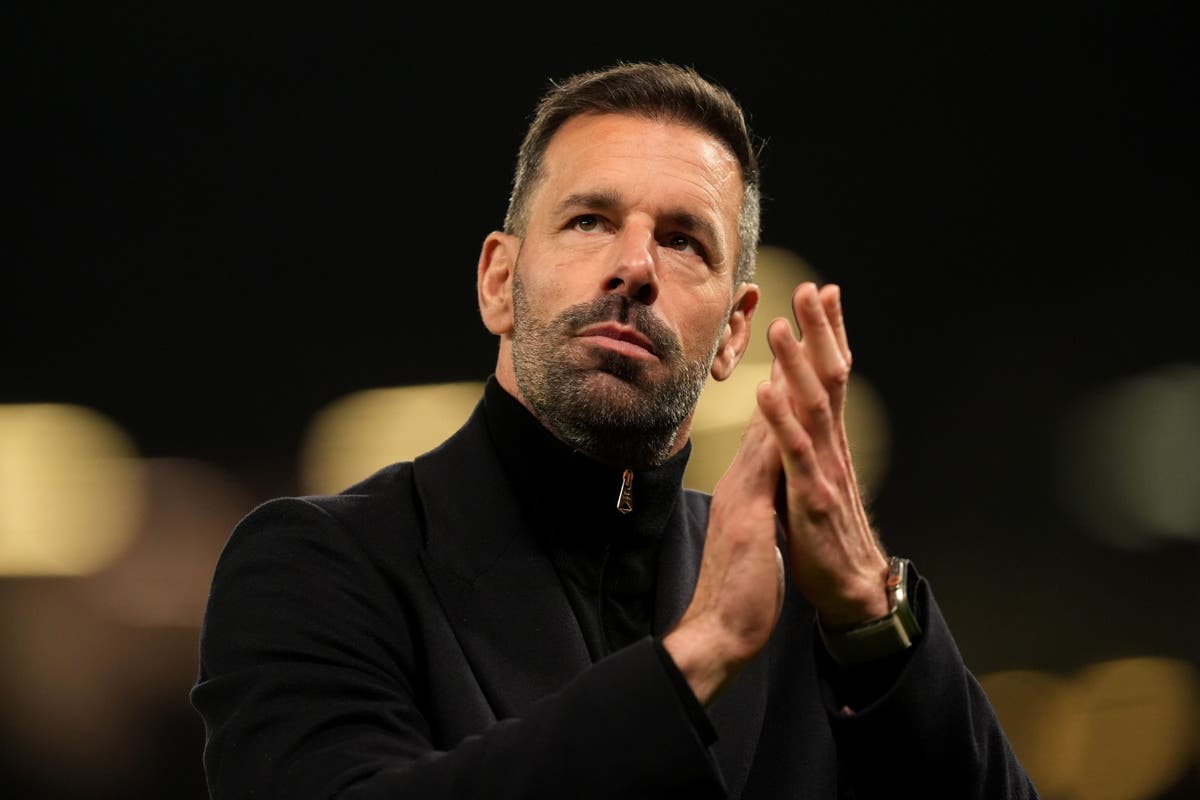For 20 agonizing days, the local Hardin community tirelessly searched for Selena Not Afraid, a16-year-old Montana girl who vanished on New Year’s Day in 2020.
After a night out celebrating the new year, the teen, a member of the Native American tribe Crow Nation, was travelling home in a van when it broke down at a rest area near Billings. Wearing just a light coat and jeans, Selena was not dressed for the frigid temperatures.
Witnesses said she walked off into a field, something her family disputes, and was never seen again. The van later drove off without her and when relatives went to look for her, Selena was nowhere to be found.
For nearly three weeks loved ones searched, until her frozen body was found less than a mile from the rest stop.
She had died of hypothermia, an autopsy determined, and the local authorities ruled out foul play. But her family was not convinced.

When Selena first went missing, her aunt jumped into action. She rallied for help through social media, organized searches, and spoke out about combating the Missing and Murdered Indigenous People epidemic.
And when Selena’s body was found, Horn did not give up on the girl she lovingly called “Sal.”
For five years, Horn and other family members, including Selena’s mother, Jackie Big Hair, have fought for answers in the teen’s death.
Then on December 31, 2024, almost exactly five years after Selena was last seen, Robert Alvin Morning-Bromley III was charged with two counts of criminal endangerment, both felonies, in connection to her death.
Prosecutors allege Morning-Bromley, the driver of the van who was in his 20s at the time, left Selena and an adult at a rest stop knowing they were both intoxicated and not dressed for the cold weather.
Morning-Bromley’s actions “created a substantial risk of death or serious bodily injury” to the two women by leaving them under those conditions, the charges allege.
Horn, who has long dedicated her time to the Missing and Murdered Indigenous Women (MMIW) movement, even more so after the death of Selena, told The Independent that the charges bring closure for her and Selena’s mother.
“It’s a big sigh of relief,” she said. “It’s been a long and emotional five years and this is a chapter we’re ready to close.”
But her aunt hopes that this is just the first time in the justice process.
“I want this to go to trial, I want to hear the whole story,” she said. “They have not said anything this whole time. We’re ready to listen.”
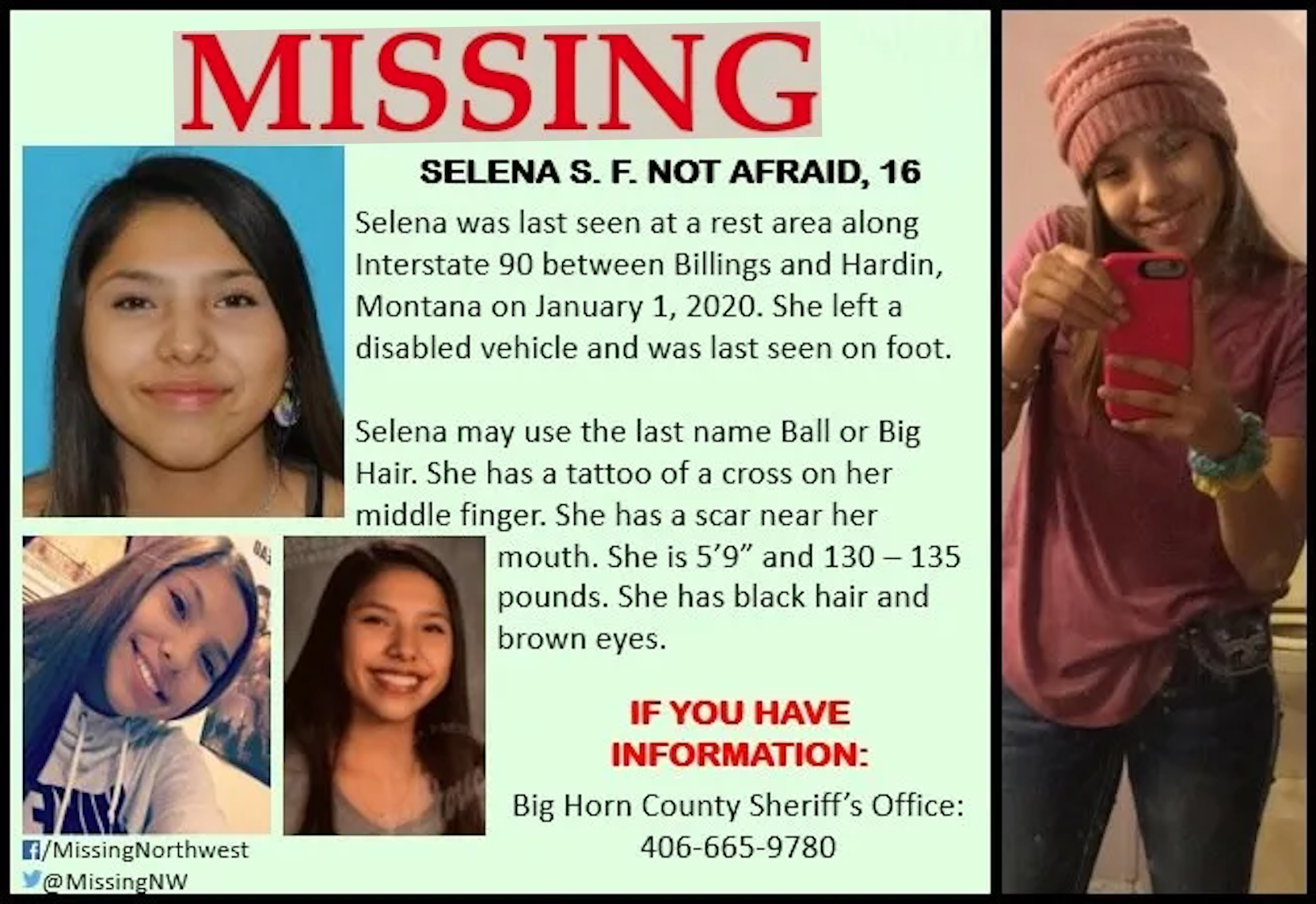
While Morning-Bromley’s actions may not have been malicious, he should still be held accountable, Horn believes.
“He didn’t have to leave them,” she said. “He admitted he left them. He didn’t call the police. He just left them out there, on the frozen tundra. He needs to be held accountable.”
The last day Selena Not Afraid was seen alive
Selena had been in Billings with a group of people for New Year’s Eve and the next day was riding back with them toward her home in Hardin, about 50 miles east, when the van broke down.
When the driver, later identified as Morning-Bromley, eventually got the car working again, he supposedly told the women to get back in the van, but they refused and he drove off without them.
Another woman, identified as “adult doe” in the charging documents, was the only one there when someone later came to pick them up, according to Big Horn County Sheriff’s officials.
A massive search effort was launched for Selena, centered on the rest stop. As temperatures dropped below freezing, her family grew more concerned.
On January 20, 2020, Selena’s body was found in the brush less than a mile from where she was last seen.
Big Horn County Sheriff Lawrence Big Hair later ruled her death an accident.
A family’s tragic past
Selena’s family are no strangers to grief.
Within a span of six years before her own death, Selena lost two sisters, including her twin, and her brother to tragic deaths.
She was just 11 years old when her twin sister, Zoey Not Afraid, died by suicide in 2014.
At the time, their father Leroy Not Afraid, said that school bullying led to Zoey’s death, according to NBC Montana, although a later investigation reportedly did not find any evidence.
Three years later, in 2017, Selena’s brother, Preston David Bell, 24, was shot and killed by police officers after he rammed a stolen pickup truck into several squad cars and then led police on a pursuit across Billings. Bell was shot 74 times in the span of six seconds, KTVQ reported.

The five officers involved in the shooting were all placed on leave but later reinstated, according to KTVQ. A coroner’s jury found that the officers were justified in the shooting.
Then in 2018, Selena’s other sister, Tristen Gray, was walking along Highway 3 in Billings when she was struck by a hit-and-run driver.
Charges filed five years later
In charging documents filed on December 31, 2024, prosecutors lay out what they believe happened in the hours leading up to Selena’s disappearance.
Morning-Bromley told investigators that the van he was driving had mechanical issues with the water pump which caused him to stop and start the vehicle at different locations.
He pulled over at the rest stop outside the Crow reservation and that’s when Selena and the unidentified woman got out of the van and refused to get back in for unknown reasons.
Morning-Bromley “was aware that both had been drinking a bottle of Black Velvet while traveling and were highly intoxicated,” according to the court documents. He knew that they were not dressed appropriately for winter weather, and that the adult woman had no shoes on.
Despite this, Morning-Bromley left without them.
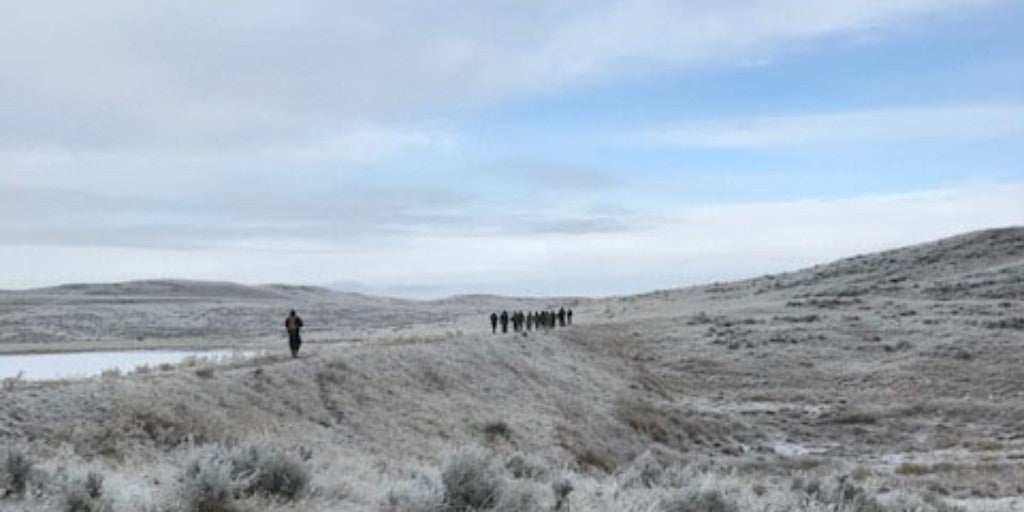
He then called his mother, who was traveling the same direction in another vehicle about 15 minutes behind him, and asked her to pick up Selena and the other woman at the rest stop.
When Morning-Bromley’s mother arrived at the rest stop, she found the woman who allegedly told her that Selena had walked off “into the field south of the rest area, across the fence, and towards the hills,” according to documents. The woman honked the horn but left after seeing no signs of Selena.
She later told her son what happened, and he said that he did not know who the girls were but that they were “(b)eing little bitches and wouldn’t get in,” according to the court documents.
Morning-Bromley did not contact police and there is no record of him “ever calling or reporting to law enforcement that [Selena] was missing.”
He is set to appear in court on January 21 – a day after Selena’s body was found five years ago.
If convicted, he faces a maximum sentence of 10 years in prison and a $50,000 fine.
‘There can be justice’
Despite years of uncertainty, frustration and heartbreak, the family has never given up their fight for justice – for Selena or any other victim of the Missing and Murdered Indigenous Women (MMIW) epidemic.
When charges were filed in her niece’s case, Selena’s aunt said she felt mentally and emotionally exhausted but grateful and believes it’s a step toward closure.
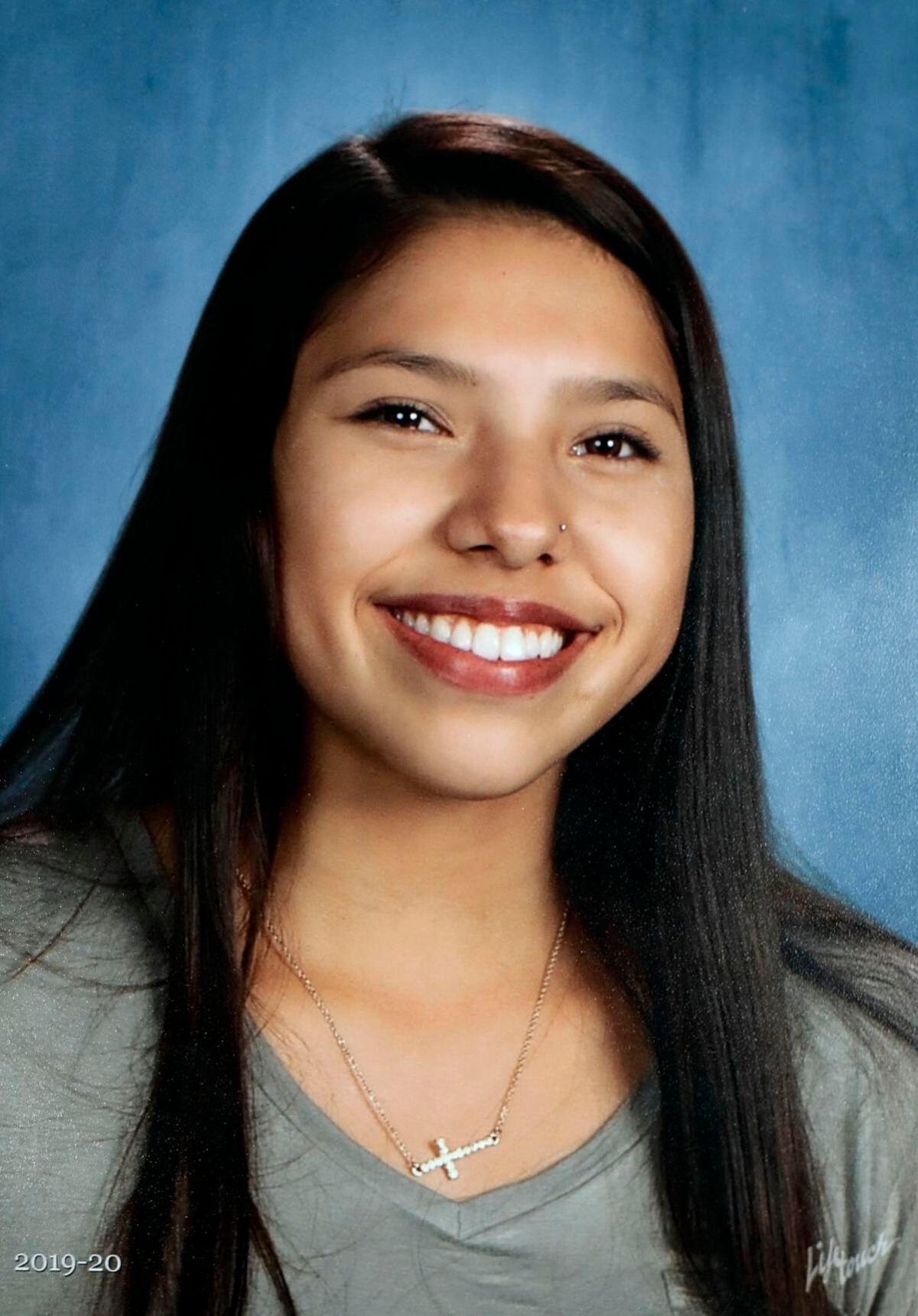
“This closure is needed to start the healing,” she said. “We don’t want to be stuck in the same chapter. It’s time to let Sal rest and move on to justice.”
She said the charges against Morning-Bromley should inspire others. “I hope this encourages other families to keep pushing,” she added.
“To never give up hope. There can still be justice.”
How Selena’s disappearance helped spark growth in the MMIW movement
Selena’s case drew national attention in 2020 – but it’s far from the only missing persons case in Big Horn County.
Indigenous persons go missing at a higher rate than other races in Montana, according to the Montana Missing Indigenous Persons Task Force.
While Indigenous people make up 6 percent to 6.5 percent of Montana’s population, they account for 30.6 percent of missing persons cases. Out of the 2,263 reported missing in Montana last year, 693 were Indigenous.
The 2023 clearance rate for missing Indigenous persons is currently 99 percent, according to the task force. Out of the 693 Indigenous persons reported missing last year, five are still actively missing.
Horn, who is a member of the task force for the Fort Belknap Indian Community, credits the help of Montana law enforcement agencies, the changes in Big Horn County, specifically the addition of Jeanne Torske, Big Horn County Attorney, who has taken on reviewing the endless cases.
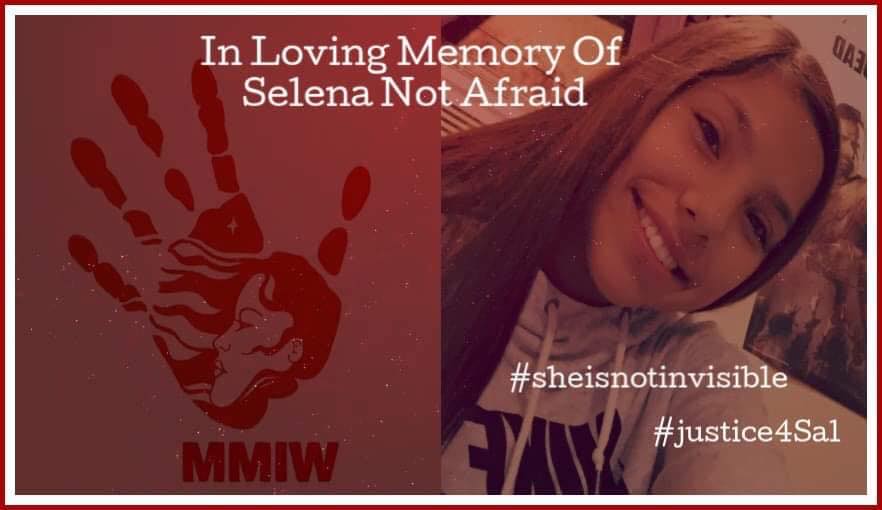
Horn said she will continue to bring more resources to communities across Montana that would help affected families heal.
“We only waited 20 days to find our Sal,” Horn said.
“Some families wait decades. Some never get closure. So just because we found Selena, doesn’t mean it’s over. We can’t forget the girls behind her, the ones who are still missing. Keep saying their names.”


